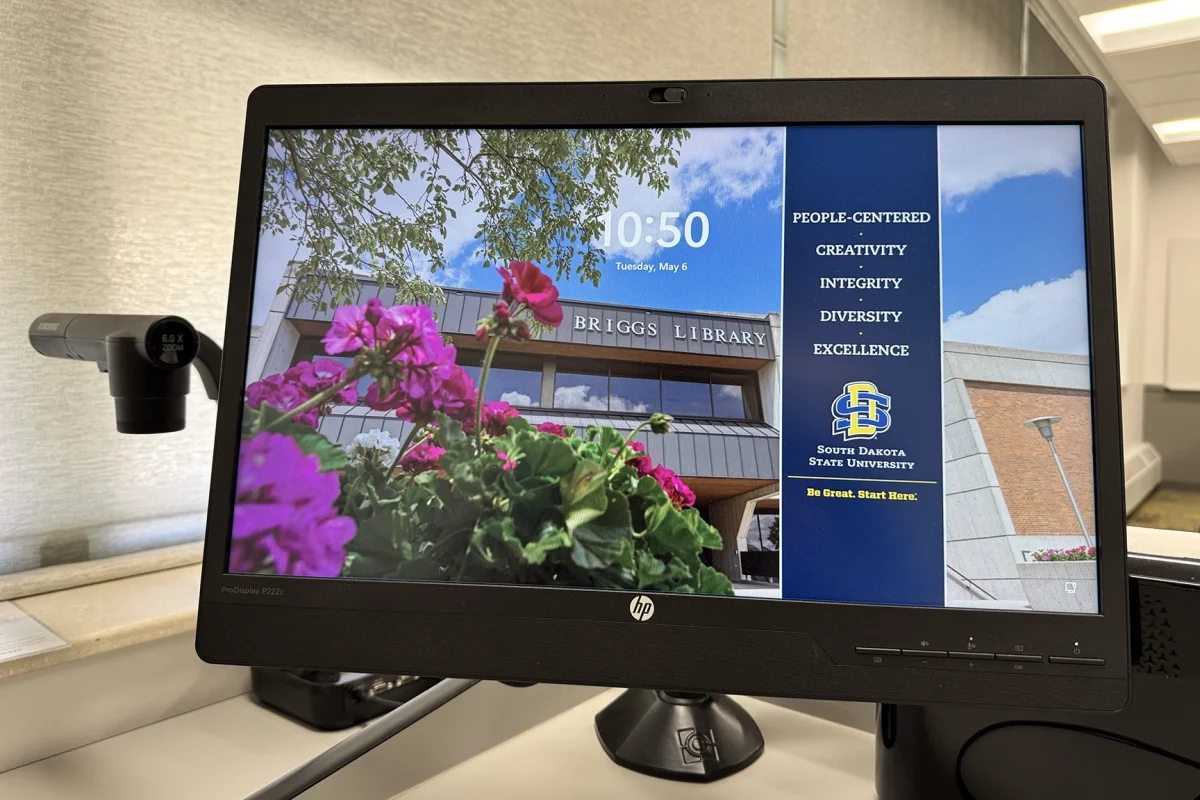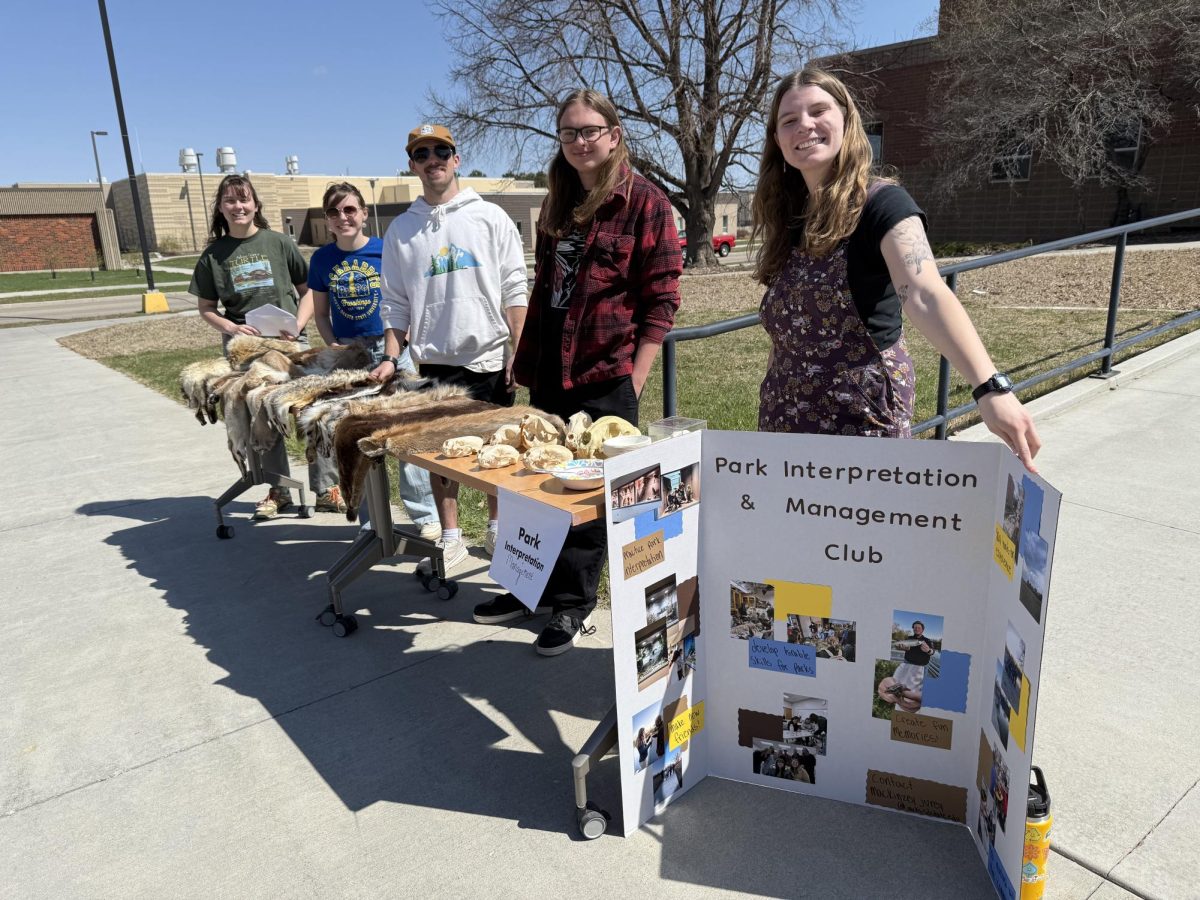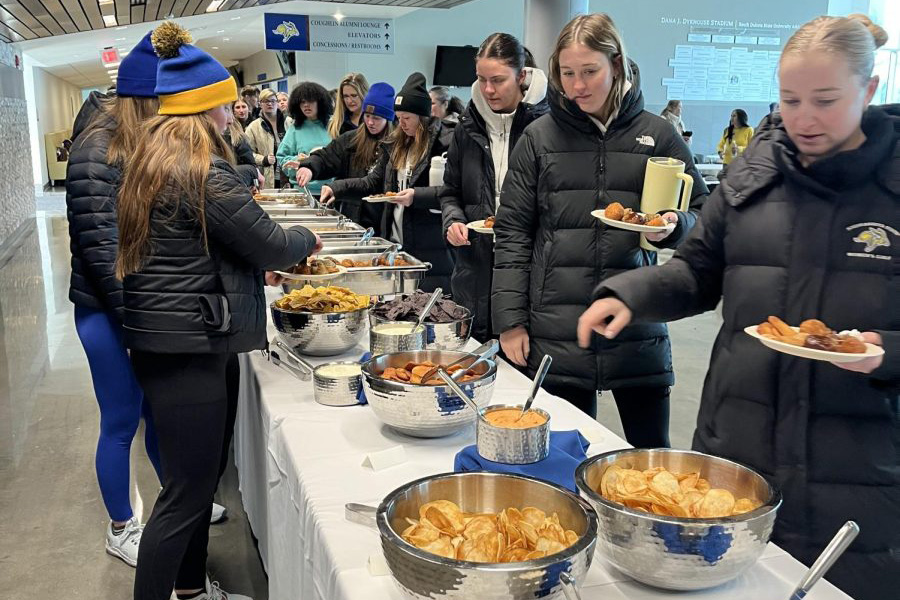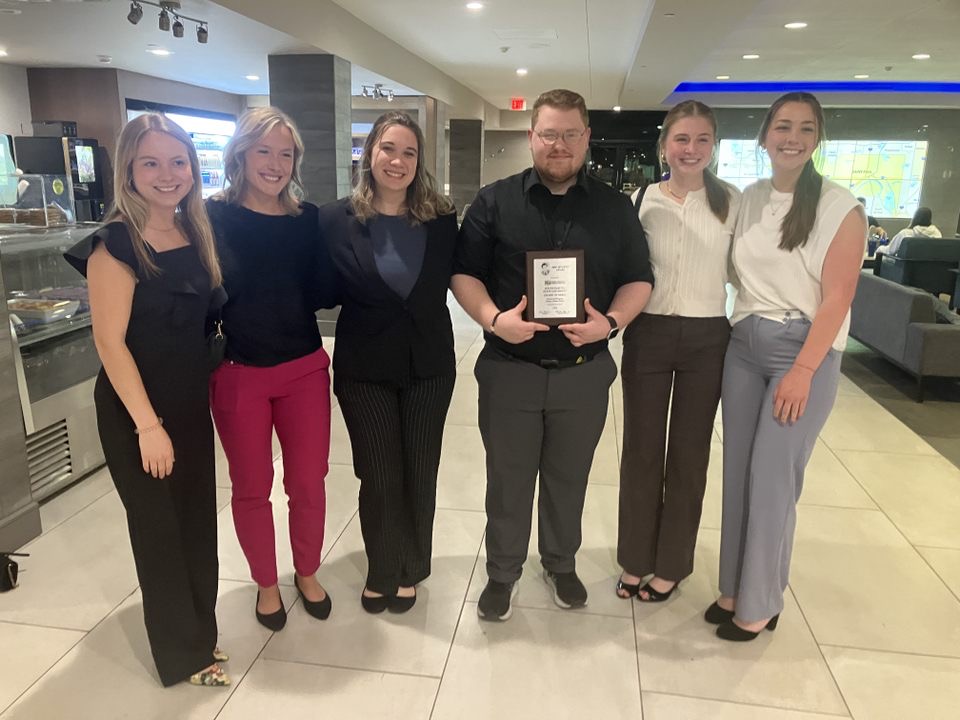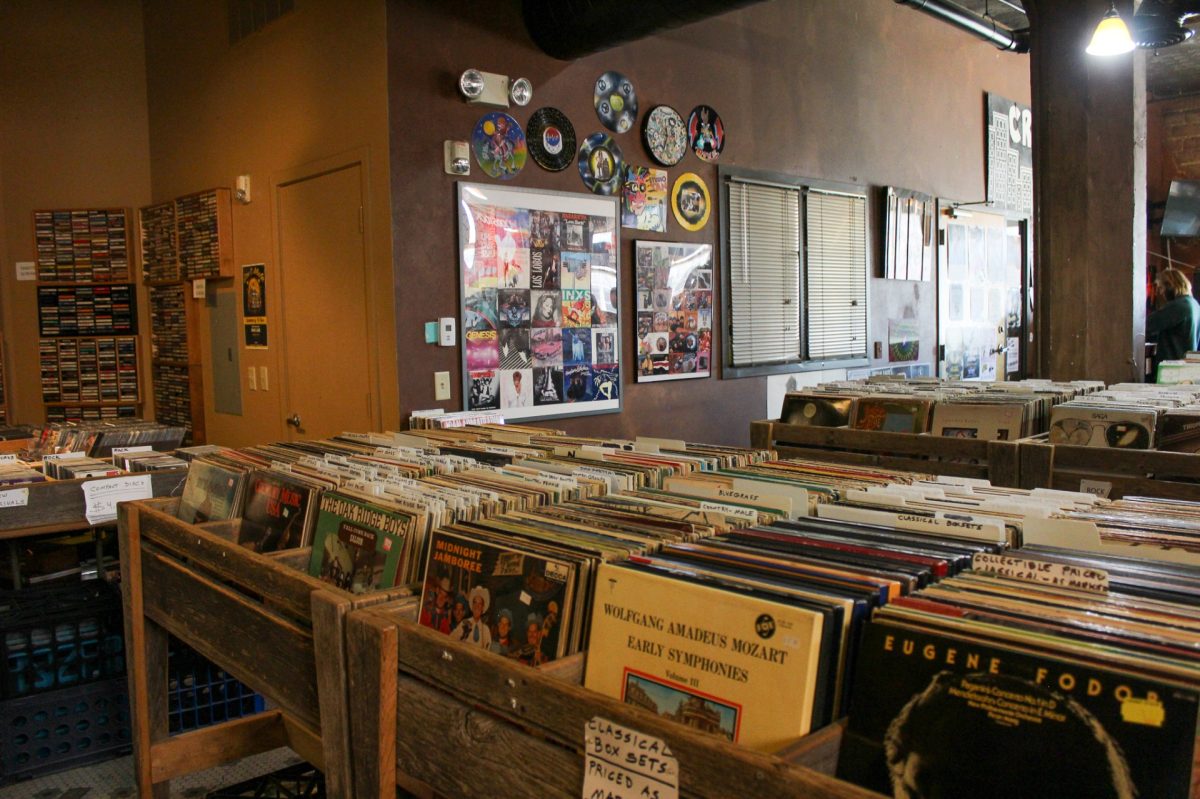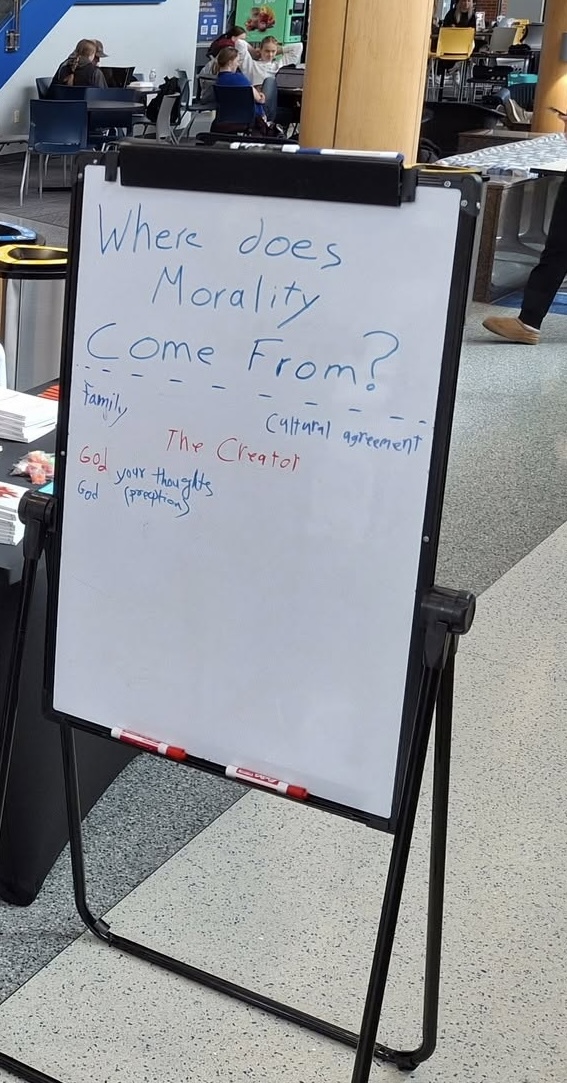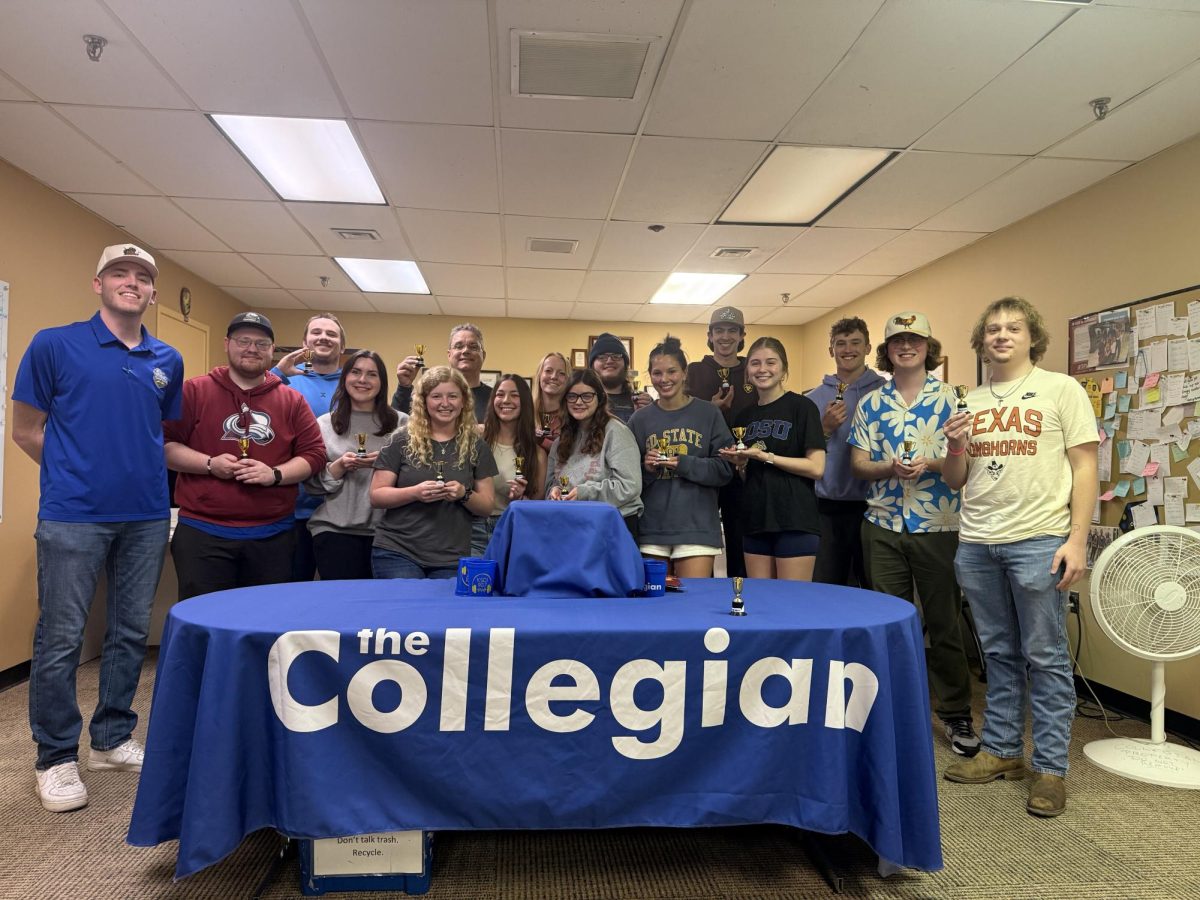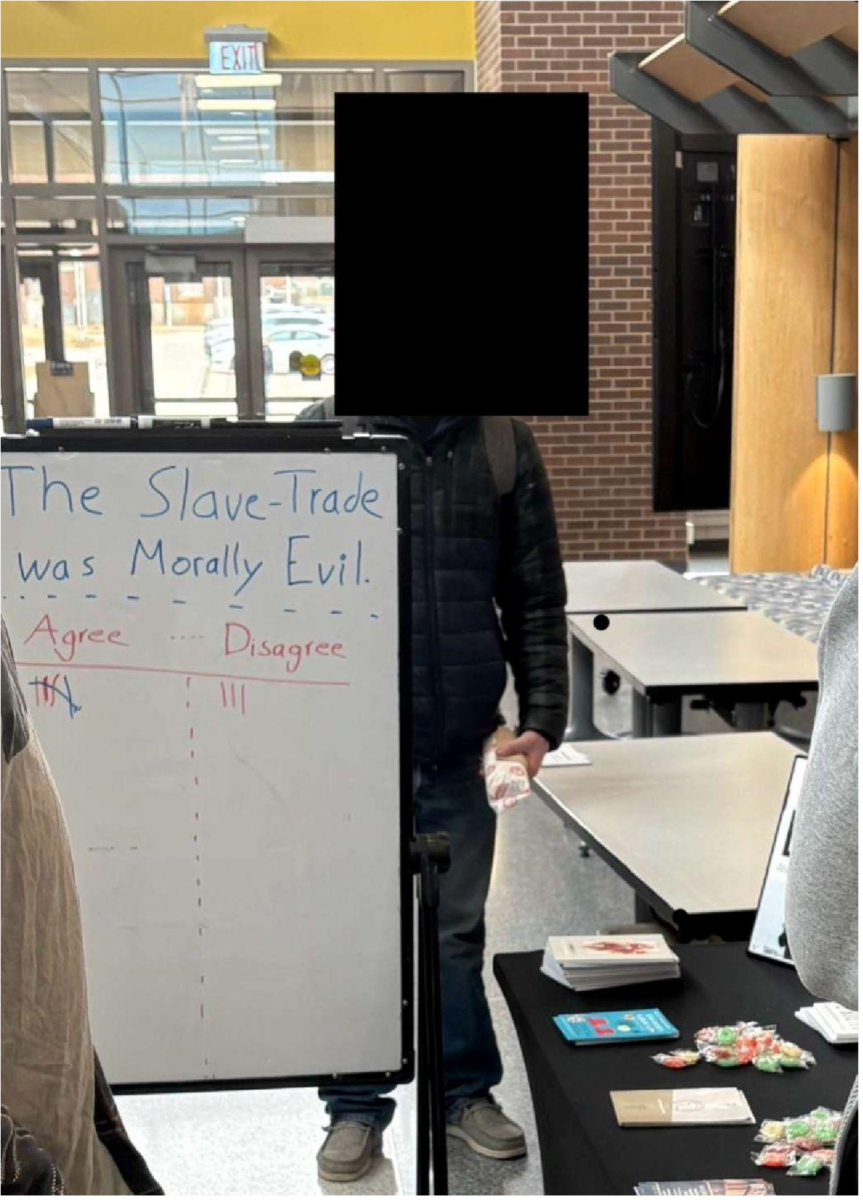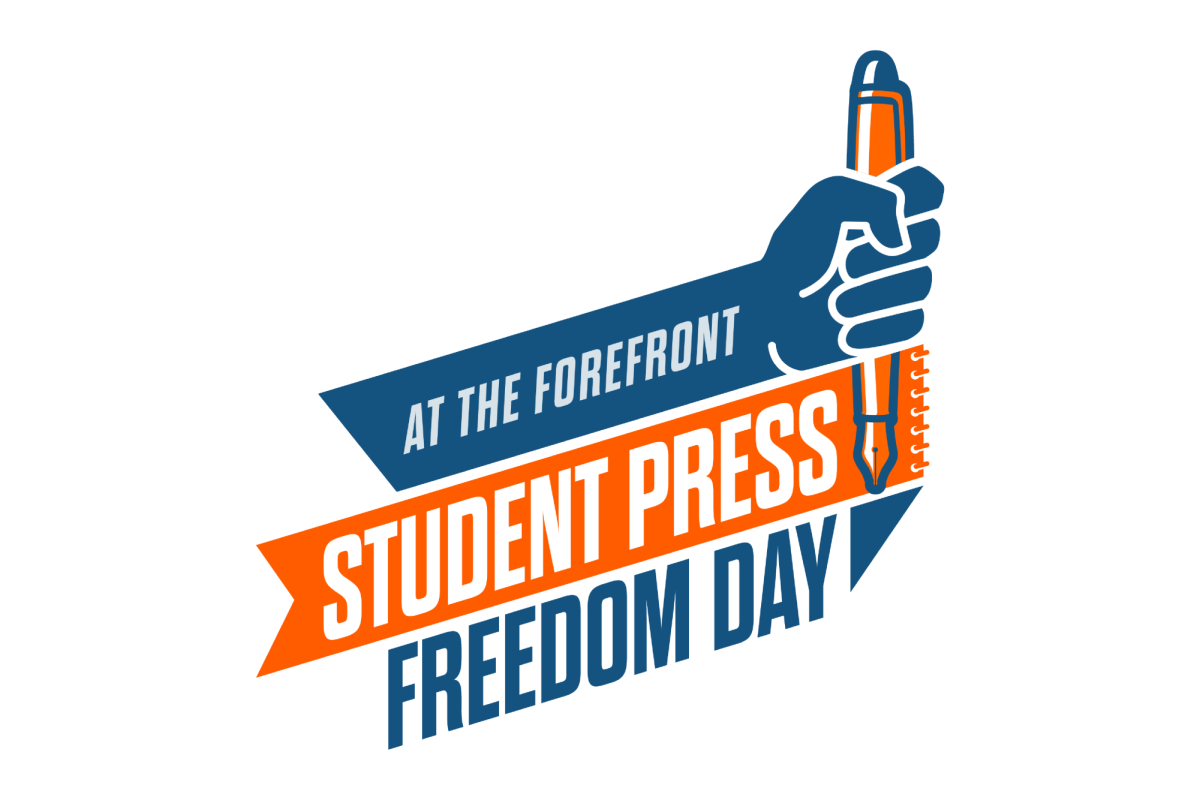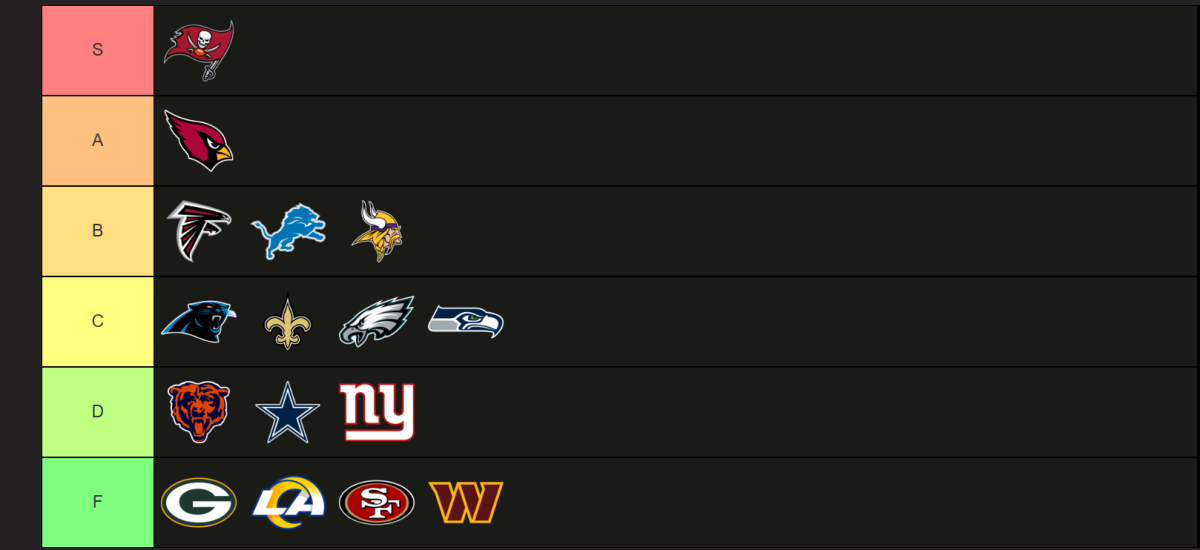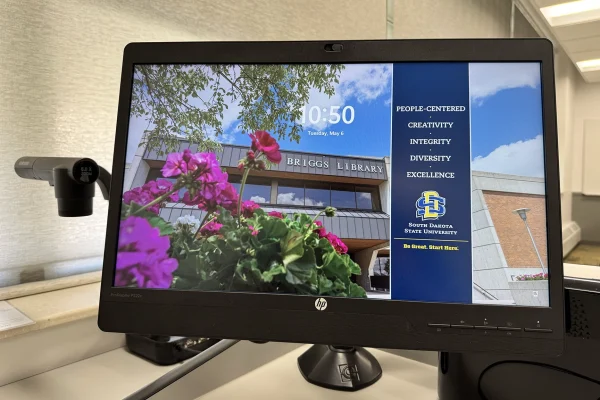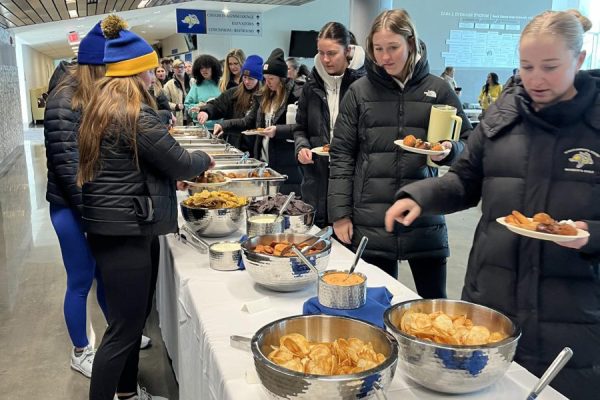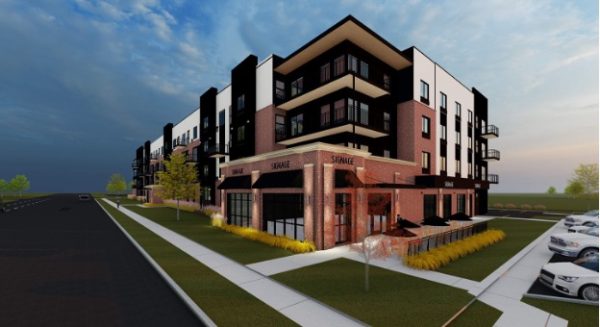Online communication options considered
January 31, 2005
Heather Mangan
SDSU administrators are investigating ways to make online communication easier for students and instructors.
SDSU has been looking into the online communication situation for six months. Mike Adelaine, chief info tech officer and director of AG Information Technology, said SDSU provided student e-mail accounts until two years ago. However, it was difficult to maintain accurate information and most students didn’t use them, so the administration discontinued the accounts. The administration never required students to use their SDSU e-mail accounts.
“It comes down to that this administration has made the decision that they will not demand students to have e-mails,” Adelaine said.
Some students don’t mind not having an SDSU account.
“I don’t know how much I’d use it,” said Jessica Couch, a junior environmental management major. “Since I already have (an e-mail account), I just use that one mainly. It’d just give me one more to check.”
Other students said they would benefit from student e-mail accounts.
“It’d be nice for professors to have it at the school, then everyone would have one,” said senior civil engineering major Jon Wiegard.
Adelaine said they are looking at several alternatives to student e-mail accounts, such as listservs, bulletin boards, Web Internet pages and Web portals as alternatives to student e-mails.
“What we need to think about is total student communication,” Adeline said. “It’ll be a swell of communication tools.”
Adelaine, along with vice president of Student Affairs Marysz Rames, has been talking to students and faculty of other universities to see what types of communication they have. Adelaine and Rames recently visited the University of Nebraska-Lincoln to learn about the online communication that UNL provides for its students.
“This was a really fact finding mission,” Rames said.
They spent last Thursday and Friday talking to UNL students and faculty and studying the programs that the university uses. The program they have, WAM, is similar to WebAdvisor in that it offers more social capabilities but less academic features, Rames said. UNL students can pay their tuition bills online and search for a certain class at a certain time in a certain building.
UNL also uses a program called Black Board that allows students to communicate with faculty and allows instructors to send course information to all of their students, Rames said. The program can also send announcements and financial deadlines to students, similar to WebCT.
The program provides a list of students in each course and allows students to e-mail each other just by clicking on a student’s name. But students’ e-mail addresses are never released.
“We are looking at a portal that could provides some of (those) community things,” Rames said.
She also said that UNL only provides students with an e-mail address if they do not already have one. Otherwise, students can use their existing e-mail addresses. Only about 10 percent of students don’t already have an e-mail address when they start school.
“Students like the fact that they can continue to use their existing e-mail address when they come to the university,” Rames said. “This is a really nice feature because it gives you the right to communicate with everyone in your class but not everyone knows your e-mail address.”
This program is less time consuming, cheaper and quicker than setting up student e-mail accounts, Rames said.
“My first view of what they are doing down there and what people want here, (the program) might be a way to go to get there,” she said.
Rames is hoping to find a program that will combine the best features of both programs.
In order to get these programs at SDSU, all six Board of Regents universities need to approve, Rames said. And student input is very crucial on this matter.
“I am really excited about this, but I want to be optimistically cautious until we talk to students,” she said.
Adeline agrees.
“We just got to figure out what students and faculty want to communicate,” he said.
A major problem is keeping accurate, up-to-date information, such as student’s e-mail and home addresses and phone numbers.
“What we’ve heard is that there is no one easy solution. It’s got to be accurate. It’s got to be timely. These are difficult,” Adeline said. “Until we get that, it is very difficult to have a very useful e-mail system.”
Some type of system should be up and running by fall, he said.
“I just ask for people’s patience. We are trying to do it right.”

